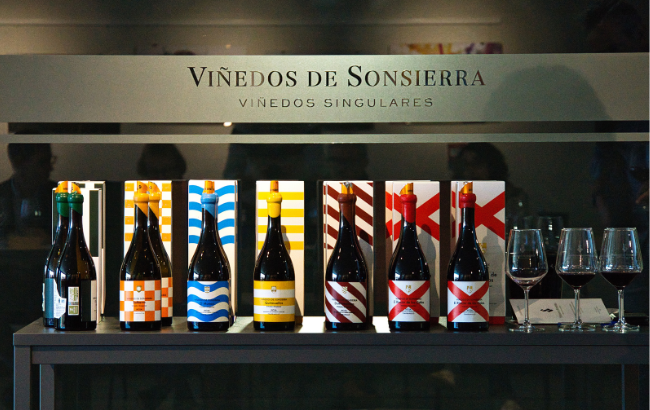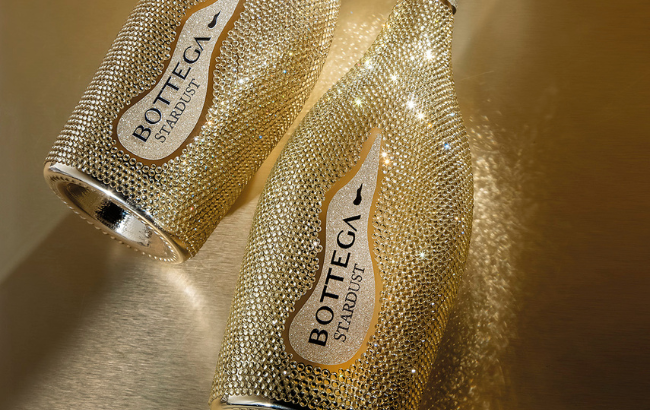How Champagne Drappier is looking back to face the future
Following in the footsteps of his father, Champagne Drappier winemaker Hugo Drappier is putting his faith in the region’s lesser known grape varieties. Giles Fallowfield puts the wines to the taste test.

“Arbanne and Petit Meslier are two varieties that are only found in Champagne and which more or less disappeared from the vineyard after phylloxera hit the region at the end of the 19th century,” says Hugo Drappier introducing a special tasting at their winery in Urville earlier this week that involve these and other old varieties. (Tuesday 24 September).
“Arbane was abandoned because it’s very hard to grow, the yield is very low and it is later ripening, but in the 17th and 18th century it was widely considered to be one of the best cepage in the region. Today these same attributes, plus noticeably high acidity, make these interesting varieties in the face of global warming. So, you could say my father Michel was ahead of the field when he decided to plant some of each in 2000.
“We already had what we call Blanc Vrai (Pinot Blanc) planted on a larger scale in this region [Côte des Bar] and he wanted to make a three cepage Champagne from these old white varieties without using Chardonnay. But he decided the first such blend was too far from what a Blanc de Blancs Champagne should be, so he decided to use some Chardonnay too.”
We tasted the first such creation, named Quattuor – Blanc de Quatre Blancs – which was all made from the 2004 harvest but not released as a vintage Champagne and has 25% of each variety in the blend. “The idea is,” explains Hugo Drappier “to preserve the aromatics of the different grape varieties, so it’s all made in stainless steel tanks with no oak, and low, Extra Brut dosage.” Disgorged in 2014, so with ten years on its lees and a further ten on the cork, it’s a rich golden colour, very aromatic with developed spicy notes and a zesty liveliness that belies its age.
Back in 1927 when the official delimitation of the Champagne vineyard was set, following on from the administrative delimitation in 1919, Hugo says “there were only three varieties planted: Arbanne, Petit Meslier and the Pinots, the latter family including Pinot Noir, Pinot Gris, Pinot Blanc, Pinot Meunier and what they called Pinot Chardonnay as the latter grape was thought to be part of the Pinot family too at that time.
“Arbanne has golden yellow fruit, while Petit Meslier looks like Sauvignon and often has green flavours, notes of grapefruit and vegetal aromas.” He feels that the Arbanne shows more to the fore in the current 2019 base Quattuor we tasted earlier that’s distinctly fresher but opens up attractively in the glass over time.
Partner Content
We now move to the new wines that he as winemaker has introduced, while with his sister Charline running the commercial side and brother Antoine looking after the vineyard, the next Drappier generation has taken over running the business. With the 25 different cuvées in the current range, he admits is a lot, “there are many experimental wines”.
We move on to try one of his first, Père Pinot 2, a four-way blend of Pinot Noir, Pinot Meunier, Fromenteau (Pinot Gris) and Blanc Vrai (Pinot Blanc). An Extra Brut wine with a light amber colour and a coppery sheen that’s aged but not fermented in wood, with no added sulphur, only 1,764 bottles of which were produced. Quite a wild combination and something his father Michel was not sure they should release, although with this wine, as with most of Hugo’s experiments, he’s come round to admiring it.
“It’s a tribute to my grandfather as [Père Pinot] was his nickname in Urville when he was planting Pinot Noir in the village after phylloxera while everyone else was going for large production varieties like Gamay. The idea of this wine is to have together four different members of the wider Pinot family with 25% of each in the blend.
“I made a first blend of this based on 2016 just doing four barrels the equivalent of 1,000 bottles. It worked well, so we made this second version based on 2021, disgorged in March 2024 with 1.5gm/l dosage and no sulphur.”
The tasting ends with Trop M’en Faut, a cuvée that’s 100% Fromenteau but so named because the CIVC wouldn’t let the Drappier put Fromenteau on the label. It comes for one single 1.8 hectare parcel they have with a south-west exposition, that’s all organically farmed – as all their own 70 hectares of vineyard now is – and ploughed by horses. A blend of the 2019 and 2020 harvests It’s a richly textured delight that’s quite outside what most people’s experience of Champagne is. And just to experiment further, Hugo made it as a Coteaux Champenois as well.
Sharing his father’s and grandfather’s passion for the region’s Champagne, the future looks bright at Maison Drappier.
Related news
Bordeaux 2024 en primeur: St-Estèphe confounds expectations




